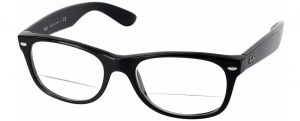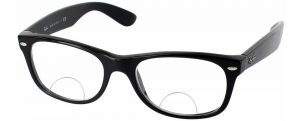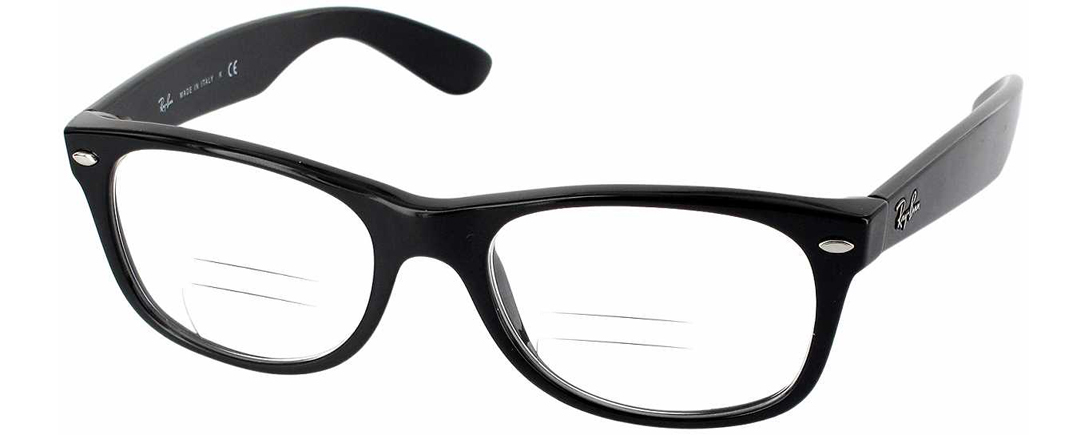Single Vision:
Astigmatism is a condition in which the cornea, the transparent layer that covers the front part of the eyeball, is not symmetrical. This defect in the eye results in distorted images, as light rays are prevented from meeting at a common focus.
Trouble seeing objects up close.
Difficulty seeing distant objects, but can clearly see objects that are near.

Bifocal:
Bifocals typically are placed so the line rests at the same height as the wearer's lower eyelid.
LINED BIFOCAL STYLES:
FLAT TOP (FT-28) BIFOCAL:
Flat-top bifocal zones offer a square towards the bottom, inside area of the lenses. This type of lens is also known as a half-moon or D-segment lens.
LINED BIFOCAL STYLES:
Flat-top bifocal zones offer a square towards the bottom, inside area of the lenses. This type of lens is also known as a half-moon or D-segment lens.
Executive-style bifocals adjust the entire lower half of the lens. These are for people who spend much of their time sitting at a desk reading. They allow for you to look up across the room or at a computer, but require less specification for your eyes when you read.
A round-segment lens still has a line, but is often considered preferable because the line is not as noticeable on the lens itself. The rounded portion is on the lower-half, inner-section of the lens and serves the same purpose as the flat-top bifocal.
Trifocal:
Trifocal lenses have three regions which correct for distance, intermediate (arm's length), and near vision. These type of lens is fitted a bit higher, with the top line of the intermediate segment height placed even with the lower margin of the pupil.
TRIFOCAL TYPES:
-Double-D
These lenses has an upside-down flat-top segment for near or intermediate vision in the top third of the lens and a second flat-top segment for near vision in the bottom third.
E-D Trifocal
Excellent choice for someone who needs a very wide field of view for objects at arm's length and also must see clearly both close-up and in the distance.




Progressives (PAL/MULTIFOCAL):
Progressive lenses are multifocal lenses that provide a smooth, seamless progression of many lens powers for clear vision across the room, up close and at all distances in between.
DIGITAL PROGRESSIVES:
Digital (HD) With fully-customized lens designs, Digital progressives have the best peripheral vision, wide corridors, and smooth visual fields.
Digital (HD) With fully-customized lens designs, Digital progressives have the best peripheral vision, wide corridors, and smooth visual fields.

